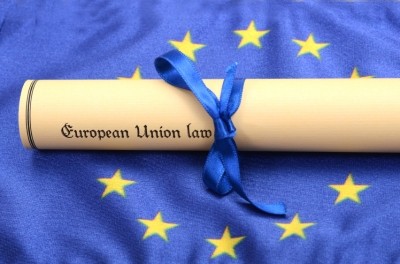Industry views required on risks linked to chlorinated paraffins in food and feed

The EU risk assessor noted that chlorinated paraffins (CPs), which have been produced since the 1930s for a variety of purposes and are used as additives in lubricants, flame retardants in the rubber industry, and in plastics and sealants, among other uses, may be released into the environment through product use or improper disposal.
They, therefore, may also contaminate food and feed, commented EFSA
The Authority has set September 17, 2019 as the deadline for submitting comments on the draft opinion.
It said its risk assessment involves an estimation of the human dietary exposure to CPs via the consumption of fish, and an assessment of the human health risks related to this dietary exposure.
Short chain CPs (SCCPs) and, to a lesser extent, medium chain CPs (MCCPs) bioconcentrate in fish and molluscs. Food is thought to be the main exposure to CPs for humans, according to the draft opinion.
Data gaps identified
No risk assessment was possible for any of the farm animal species, said the Authority. It identified major data gaps in this respect, highlighting a need for CP occurrence data in feed, data on the transfer of CPs from feed to the food of animal origin and data on adverse effects of CPs in ruminants, pigs, poultry and fish.
“No exposure assessment was possible for any of the farm animal species as no occurrence data for feed were submitted to EFSA. The data for feed reported in the literature were too limited to attempt an exposure scenario.”
SCCPs have been detected in samples of human breast milk from Canada and the UK, as well as in a variety of food items from Japan and various regions of Europe, according to the Environmental Protection Agency (EPA) in the US.
The EPA said even relatively small releases of these chemicals from individual manufacturing, processing, or waste management facilities have the potential to accumulate over time to higher levels and cause significant adverse impacts on the environment.
And certain CPs have been classified as possibly carcinogenic to humans by the International Agency for Research on Cancer (IARC).
There are severe restrictions in the use of SCCPs in the US and the EU along with their classification as persistent organic pollutants (POPs) by the Stockholm Convention in 2017. Contrary to SCCPs, the use of MCCPs is not restricted.
A Danish report from 2014 indicated that the total EU production of CPs was around 45,000 t/y and, of this, the majority is considered to be MCCPs.









